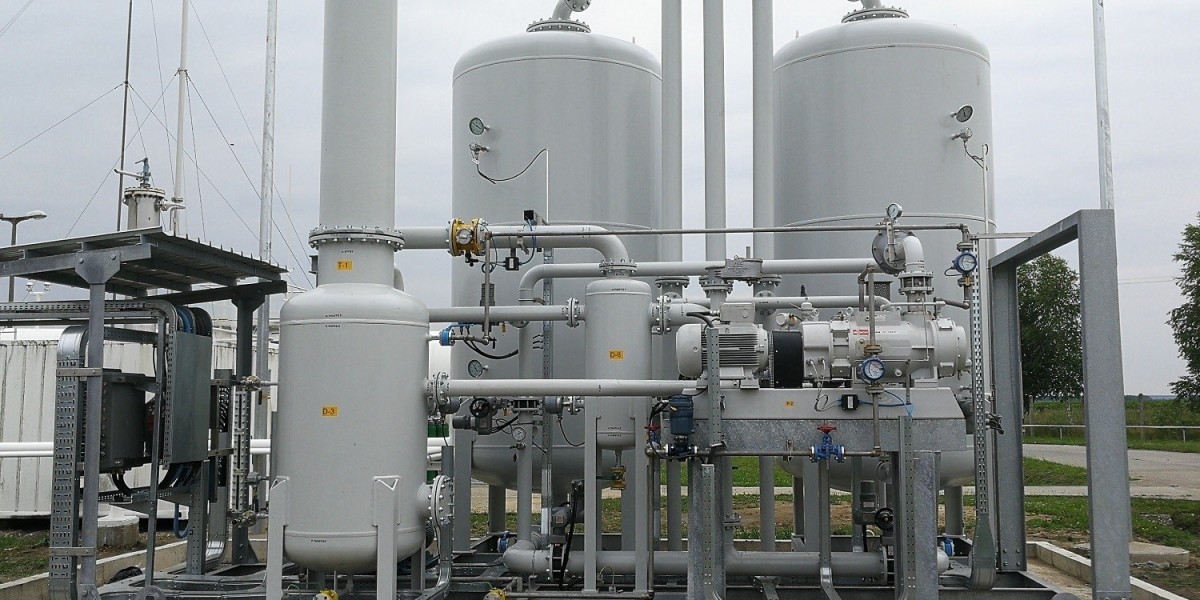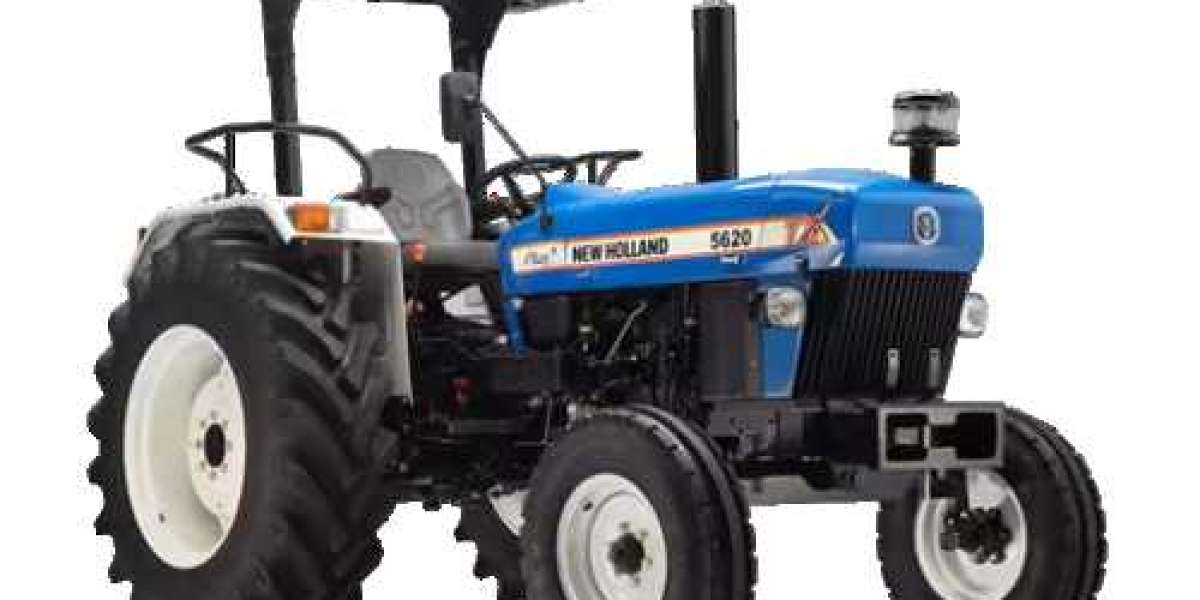A vapor recovery system is a collection of components that capture vapors that would otherwise escape during the transferring and storage of volatile liquids like gasoline. These systems aim to prevent environmental pollution and recapture vapors for reuse. They are commonly employed at gasoline stations, oil and chemical storage facilities, and petroleum refineries. At the core of most vapor recovery systems are vapor recovery units (VRUs).
How Vapor Recovery Units Work
A vapor recovery unit uses vacuum assistance and vapor-liquid separation processes to efficiently capture emissions. During storage tank filling or vehicle refueling, the liquid displaces vapor which is sucked into the Vapor Recovery Units through hoses or pipes. Inside the unit, an internal blower or vacuum pump creates negative pressure that pulls the vaporous mixture in. The vapors then pass through separators which use changes in temperature or pressure to separate the liquid and vapor phases. The recovered liquid is returned to the storage tank while the captured vapor is either combusted as fuel or processed for reuse.
Types of Vapor Recovery Systems
There are two main types of vapor recovery systems - Stage 1 and Stage 2. Stage 1 systems control emissions during the storage and loading/unloading of gasoline transports and storage tanks. They use coaxial hoses that return vapors from the tank back to the cargo tank of the delivery truck. Stage 2 systems control gasoline dispensing emissions at the retail fueling site. They include nozzles with special vapor-capturing adaptors along with piping manifolds that route gasoline station pump vapors to the VRU for processing.
Components of a Typical Vapor Recovery Unit
A typical vapor recovery unit consists of the following main components:
- Vacuum Blower: Creates negative air pressure needed to capture emissions. Rotary vane, regenerative, and centrifugal blowers are commonly used.
- Liquid/Vapor Separator: Allows heavier liquid droplets/mist to separate out from the vapor stream through techniques like changes in direction, velocity reduction or cyclonic separation.
- Actuator Valves: Electronically or pneumatically operated valves that regulate vapor and liquid flow paths within the unit.
- Piping Network: Carries vapor streams between components through manifolds, conduits and fittings. Made from corrosion-resistant materials like stainless steel.
- Fuel Storage Chambers: Temporary holding vessels for recovered liquid gasoline prior to return to storage tanks.
- Sensors and Controls: Measure system operation parameters like vacuum levels and temperatures. Programmable logic controllers regulate component operations.
Regulations and Codes for Vapor Recovery Systems
Strict performance standards and specifications have been set by regulatory bodies worldwide to minimize emissions from vapor recovery systems. In the U.S., the Environmental Protection Agency (EPA) developed the Spillage, Liquid Removal, Vapor Holding and Recovery (SLIVER) test to certify gasoline dispensing vapor recovery systems under the Clean Air Act. This test requires that no more than 0.38 lbs of total hydrocarbons and 0.038 lbs of gasoline are emitted per 1000 gallons of gasoline loaded.
California is among the states with the most stringent rules through its Air Resources Board (CARB). Stage 1 and Stage 2 systems must meet the Enhanced Vapor Recovery (EVR) requirements which have tighter emissions criteria than SLIVER. Transport vessels are certified by testing facilities like California's BAAQMD and SCAQMD locally. International regulations like Canada's Air Monitor Directive and Europe's EU Stage II also reference similar protocols for ensuring vapor recovery compliance. Strict adherence to relevant testing procedures and certification is critical for vapor recovery systems to effectively meet air quality standards worldwide.
Advancements in Vapor Recovery Technology
Significant innovations have been made in vapor recovery technology over time to boost efficiency and lower costs of compliance. Earlier designs used thermal (infrared) or catalytic oxidation to combust recovered vapors but had high energy penalties. Current systems focus more on vapor consolidation and reuse. Balanced vapor assistance (BVA) utilizes pressure balancing concepts to transfer vapors more effectively with lower vacuum levels reducing power consumption. Other recent developments include direct-liquid injection separators, two-point refueling vapor recovery nozzles, and flexible vapor piping allowing for above-ground installation versus buried systems. Digital sensors, networked controls and Internet of Things (IoT) integration are introducing opportunities for remote monitoring and predictive maintenance of vapor handling equipment as well. As regulations continue to tighten, advancements in vapor recovery unit design and performance will remain critical to enabling cost-effective compliance across refueling and liquid transfer industries worldwide.
Vapor recovery units are essential components of vapor control systems mandated at gasoline stations, refineries and other liquid handling facilities. By employing vacuum-assistance and vapor-liquid separation processes, VRUs efficiently capture and recover vapors that would otherwise pollute the atmosphere during refueling or storage tank loading operations. Strict emissions regulations enforced by agencies like the EPA and CARB have driven high performance requirements for these units. Ongoing innovation seeks to boost vapor recovery efficiencies while lowering energy and compliance costs through technological improvements. As environmental protection standards progressively tighten globally, vapor recovery solutions will remain a mainstay in ensuring safe, sustainable fuel transfer and distribution activities.
Get more insights on Vapor Recovery Units



